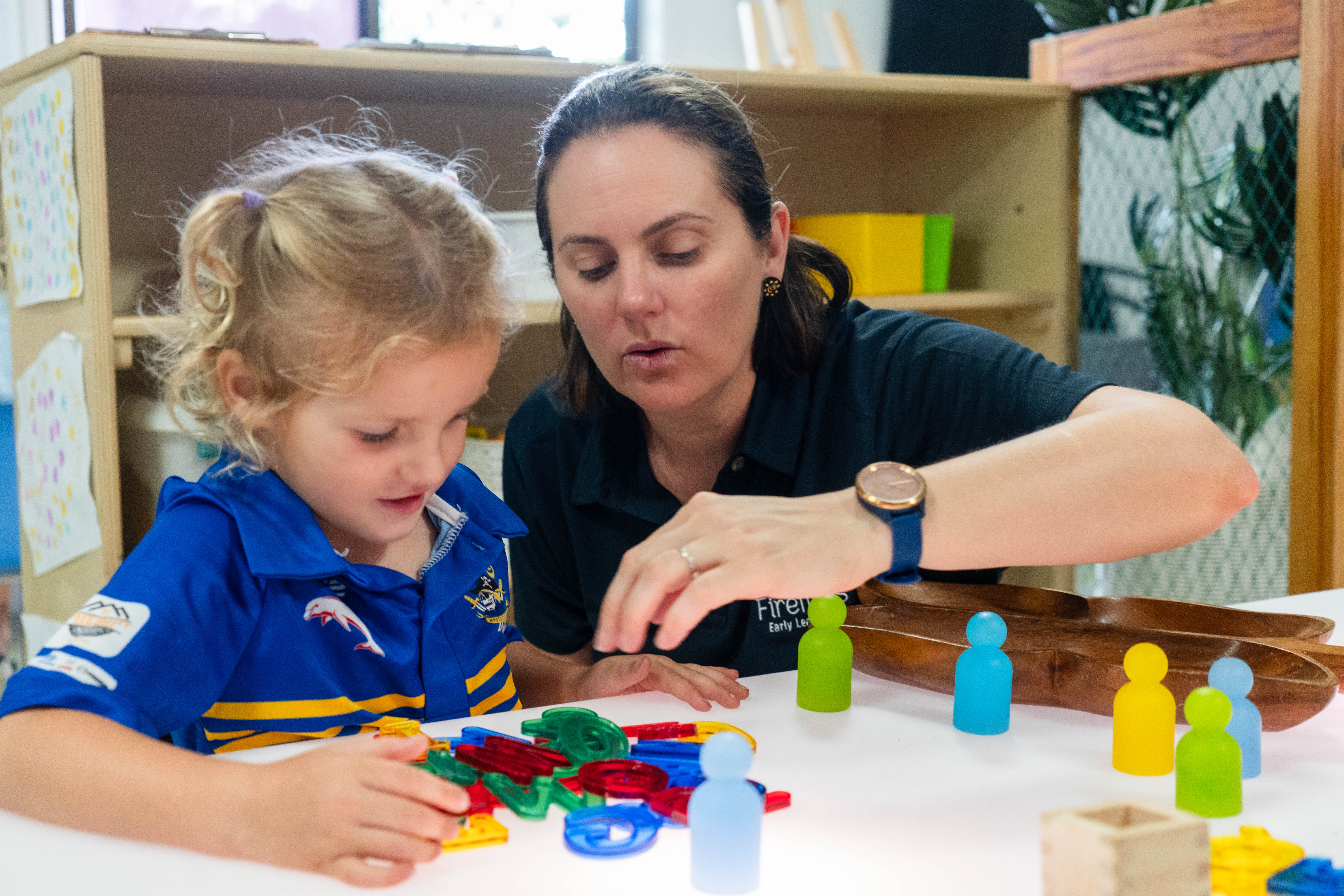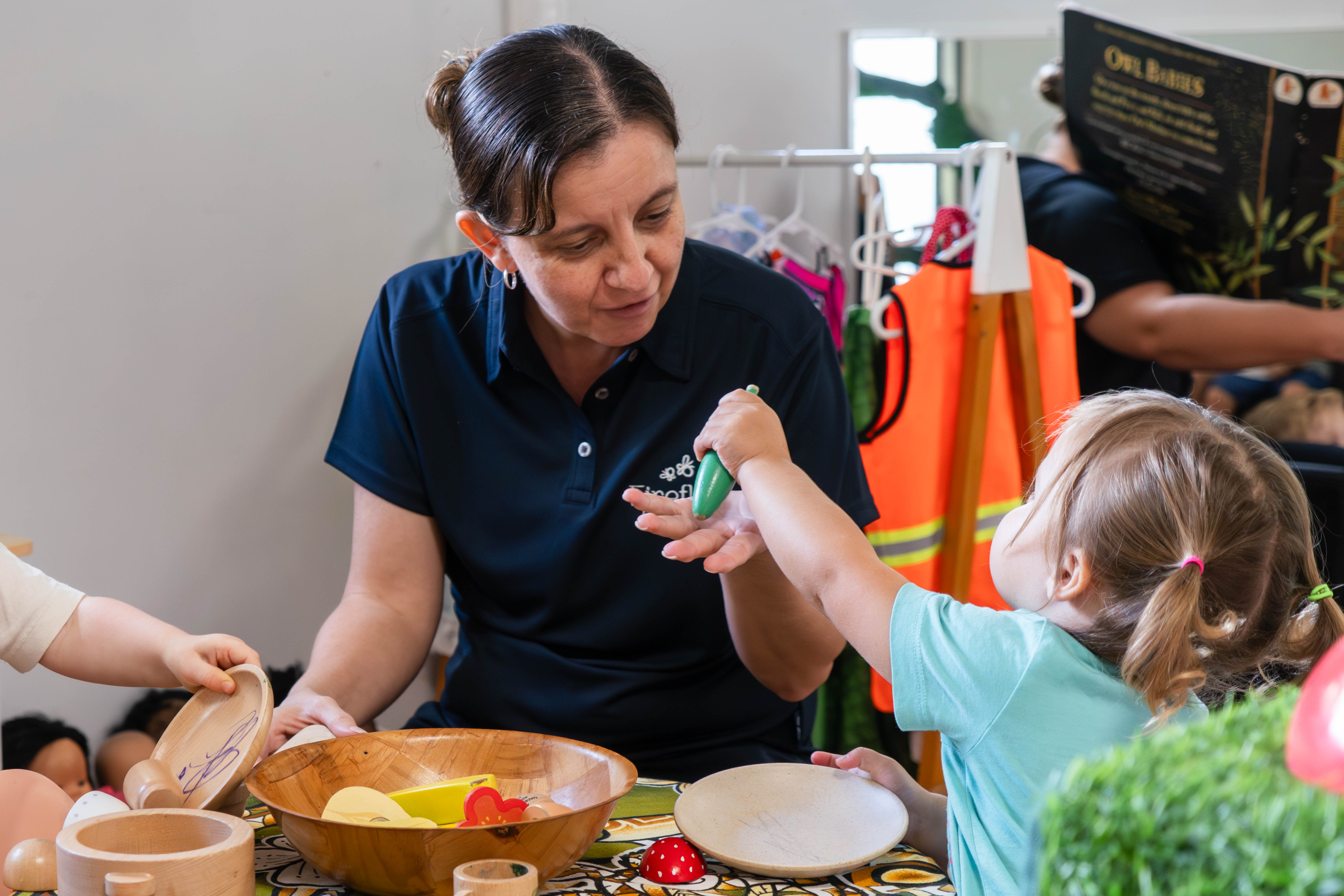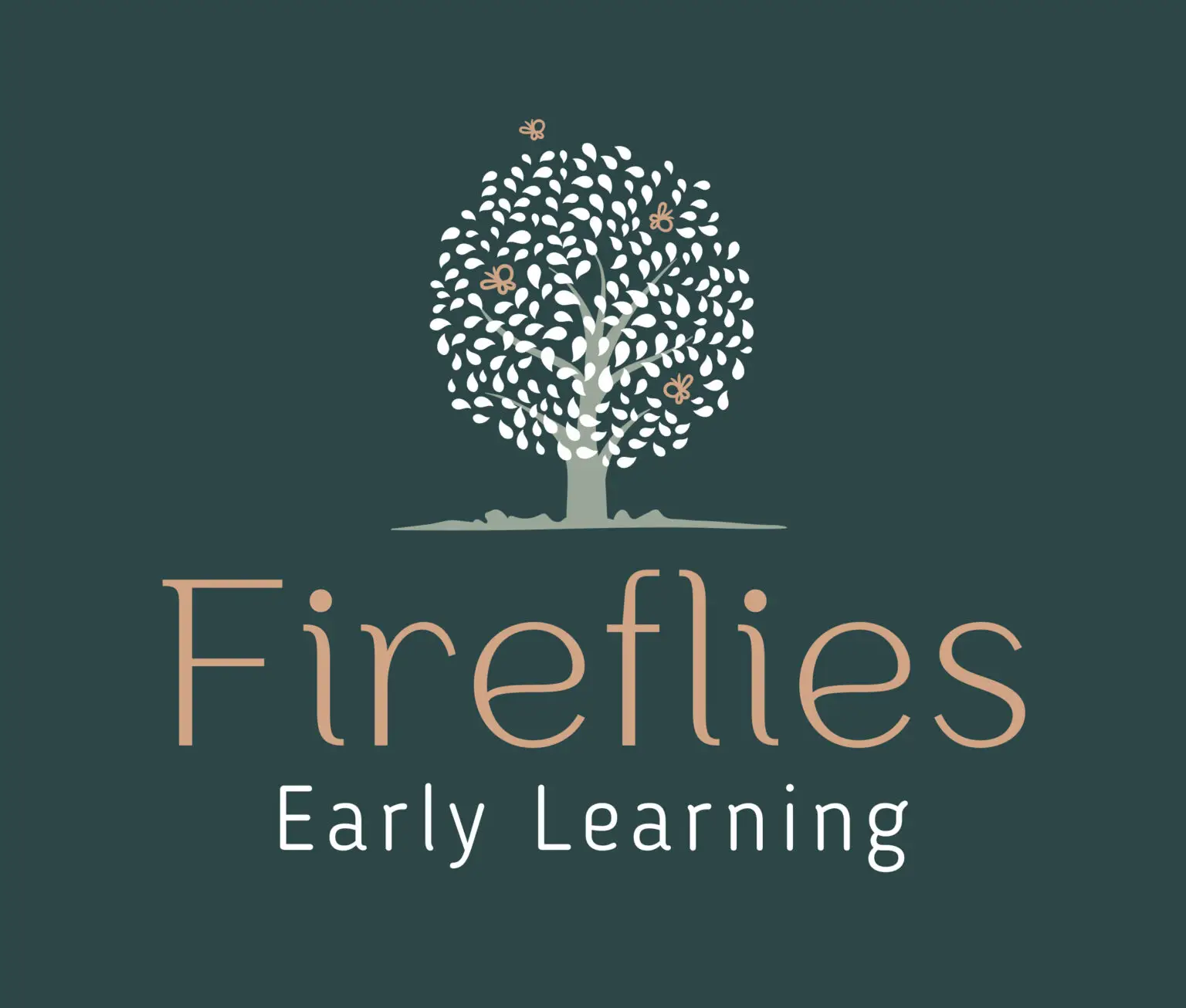As the vibrant blooms of spring paint Queensland’s landscapes, it’s an ideal time for families to embark on the journey of early childhood education with the Queensland kindergarten program. This season not only heralds the promise of new beginnings but also provides an opportunity to explore the exciting world of kindergarten early learning, setting the stage for your child’s educational adventure. Early childhood education in Queensland is designed to nurture young minds, fostering school readiness through a mix of play-based learning and structured activities. Understanding what to expect from a kindergarten program in Queensland can be empowering for parents, offering insights into the core learning areas that shape a child’s developmental milestones. As you prepare for this important transition, it’s essential to grasp the nuances of spring kindergarten preparation, ensuring that your child receives the best possible start in their academic journey.

Queensland’s kindergarten program is designed to give children the best start in their educational journey. Let’s explore the key requirements and initiatives that shape early childhood education in the state.
Eligibility and Program Duration
In Queensland, kindergarten programs cater to children in the year before they start Prep. The eligibility criteria are straightforward and ensure that children are at the right developmental stage to benefit from the program.
Children who turn 4 by 30 June in the year they start are eligible for kindergarten programs. This age requirement aligns with the child’s readiness for structured learning experiences.
Queensland kindergarten programs must provide at least 600 hours of education per year. This typically translates to a minimum of 15 hours per week over 40 weeks.
The duration ensures children have ample time to develop essential skills and prepare for their transition to formal schooling.
The Free Kindergarten Initiative
The Queensland Government has introduced a game-changing initiative to make early education more accessible to families across the state.
The Free Kindergarten initiative allows eligible children to attend kindergarten for up to 15 hours per week, 40 weeks per year, at no cost to families. This significant investment reflects the government’s commitment to early childhood education.
By removing financial barriers, the initiative aims to increase kindergarten participation rates and ensure that all children have the opportunity to benefit from quality early learning experiences.
Core Learning Areas in Queensland Programs

Queensland’s kindergarten programs focus on developing well-rounded individuals through a comprehensive curriculum. Let’s delve into the key learning areas that form the foundation of early childhood education in the state.
Early Literacy and Mathematics
Early literacy and mathematics are crucial components of Queensland’s kindergarten curriculum, setting the stage for future academic success.
Literacy activities in kindergarten focus on building a strong foundation for reading and writing. Children engage in phonics instruction, letter recognition, and story comprehension exercises. They also develop pre-writing skills through drawing and mark-making activities.
Mathematics in kindergarten is hands-on and play-based. Children learn counting, number recognition, and basic measurement concepts. They also explore patterns, shapes, and simple problem-solving scenarios.
The Queensland Kindergarten Learning Guideline provides a framework for educators to deliver these core learning areas effectively, ensuring consistency across all approved programs.
Social and Emotional Learning
Social and emotional development is a key focus of Queensland kindergarten programs, recognising the importance of these skills for overall well-being and future success.
Children learn to share, cooperate, and resolve conflicts with their peers. These interactions help develop crucial social skills and emotional intelligence.
Educators use various strategies to support children in understanding and expressing their emotions. This includes role-playing, storytelling, and guided discussions about feelings.
The kindergarten environment also fosters the development of empathy and understanding of others’ perspectives, laying the groundwork for positive relationships throughout life.
Preparing for Your Child’s Kindergarten Journey

As spring approaches, it’s the perfect time to start preparing for your child’s kindergarten adventure. Here are some tips to ensure a smooth transition and set your child up for success.
Spring Preparation Tips
Spring is an ideal time to begin your kindergarten preparation, allowing you to take advantage of the warmer weather and longer days.
-
Visit potential kindergarten programs to observe their learning environments and teaching approaches.
-
Discuss your child’s individual needs and interests with educators to ensure the program is a good fit.
-
Start establishing routines that align with the kindergarten schedule to ease the transition.
-
Encourage outdoor play and exploration to develop gross motor skills and environmental awareness.
Take time to familiarise yourself with the Queensland Kindergarten Learning Guideline 2024 to understand the learning outcomes and expectations for the upcoming year.
Supporting Your Child at Home
Parents play a crucial role in complementing their child’s kindergarten experience and fostering a love for learning at home.
Read together daily, choosing a variety of books to expand vocabulary and nurture imagination. Engage in conversations about the stories to develop comprehension skills.
Encourage independence in self-care tasks such as dressing, using the toilet, and packing their bag. This builds confidence and prepares them for the kindergarten environment.
Provide opportunities for creative expression through art, music, and imaginative play. These activities support cognitive development and self-expression.
Consider enrolling your child in a program like Fireflies Early Learning’s Kindy Program, which offers a holistic approach to early childhood education and seamlessly integrates with at-home learning.
